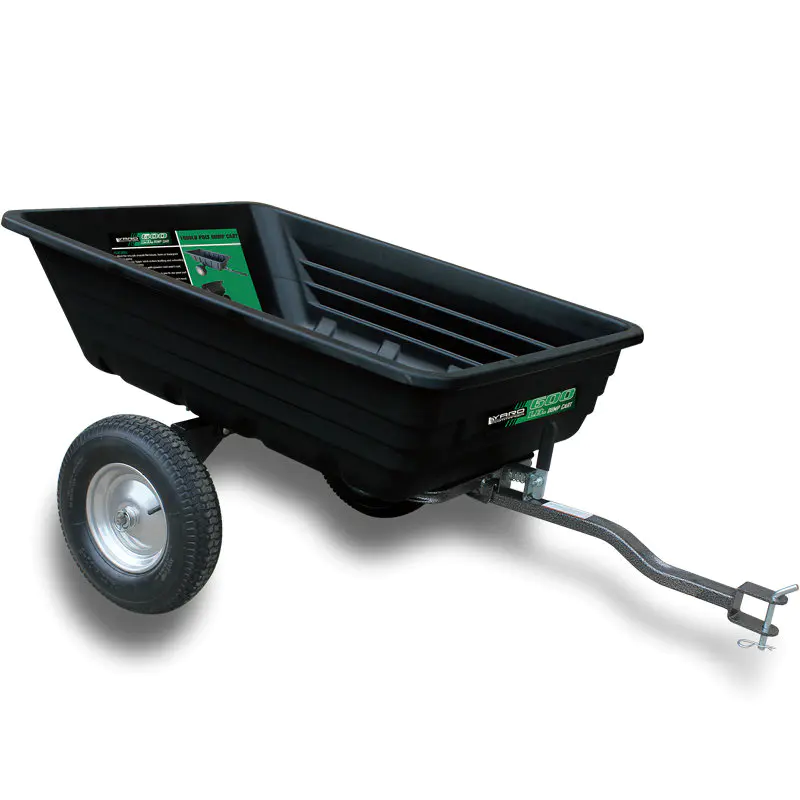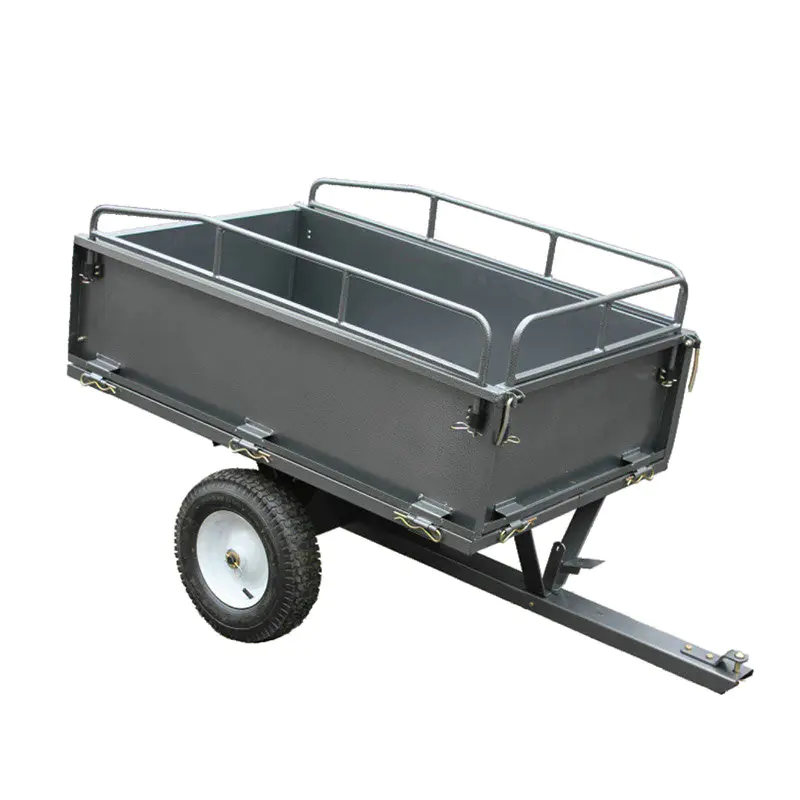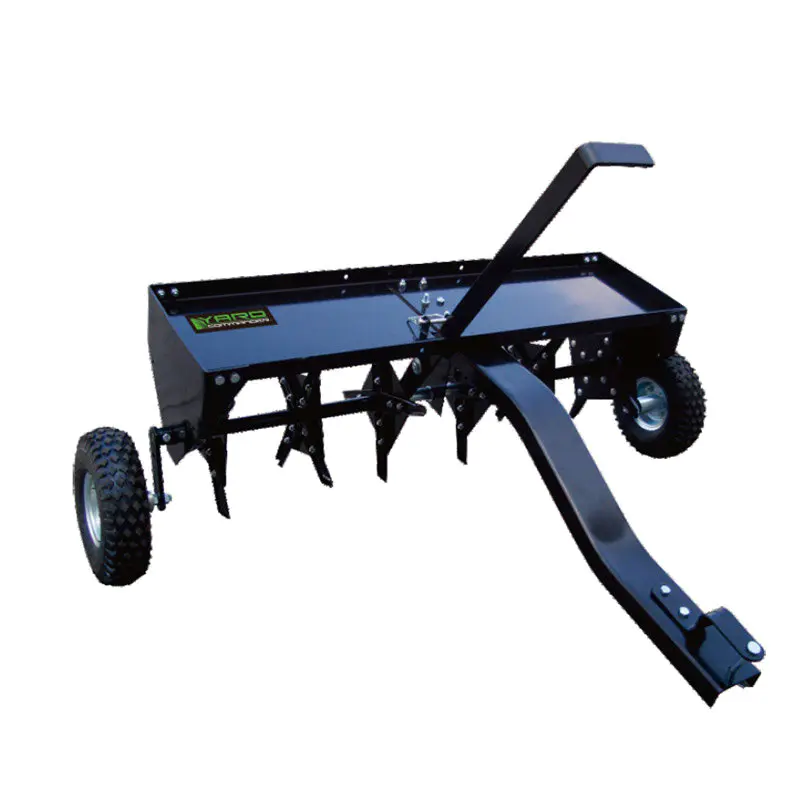Manual log splitters are essential tools for homeowners, landscapers, and woodworkers who need to process firewood efficiently without relying on powered machinery. While these devices are simpler than hydraulic or kinetic log splitters, improper use can lead to inefficiency, safety hazards, or even damage to the tool. Understanding the most common mistakes—and how to avoid them—can help users maximize performance, extend the lifespan of their manual log splitter, and ensure safe operation.
Are You Choosing the Wrong Type of Manual Log Splitter for Your Wood?
One of the most frequent mistakes users make is selecting a manual log splitter that doesn’t match their wood type or splitting needs. Manual log splitters come in several designs, including wedge-and-hammer models, screw-type splitters, and hydraulic hand-powered versions. Each has strengths and limitations, and choosing incorrectly can result in excessive effort, incomplete splits, or even tool failure.
For example, screw-type log splitters work well with softer woods but may struggle with dense hardwoods like oak or hickory. Conversely, a heavy-duty wedge splitter can handle tougher logs but requires more physical force. Users should assess the primary wood types they process before purchasing. A mismatch between tool and material leads to frustration and potential damage to the splitter’s components over time.
Another consideration is log diameter. Some manual log splitters have limitations on the maximum log size they can process efficiently. Attempting to split oversized logs can strain the mechanism, bend the splitting wedge, or make the operation unsafe. Checking the manufacturer’s specifications before use ensures compatibility with the intended workload.
Industry trends show a growing demand for adaptable manual log splitters that can handle a variety of wood types without requiring excessive modification. Some newer models feature adjustable wedges or dual-action mechanisms to improve versatility. However, even with these advancements, users must still match the tool’s capabilities to their specific needs.
Is Poor Maintenance Shortening Your Manual Log Splitter’s Lifespan?
Like any tool, a manual log splitter requires regular maintenance to function optimally. Neglecting basic care can lead to rust, dull blades, or mechanical failure—problems that reduce efficiency and may eventually render the tool unusable.
A common oversight is failing to clean the splitter after use. Sawdust, wood resin, and moisture can accumulate on metal parts, accelerating corrosion. A simple wipe-down with an oiled cloth can prevent rust formation. Additionally, the splitting wedge or blade should be inspected periodically for dullness. A worn edge makes splitting more labor-intensive and increases the risk of logs jamming.
Lubrication is another critical factor. Moving parts, such as the hinge points on a lever-operated splitter or the screw mechanism on a twist-type model, should be oiled regularly to ensure smooth operation. Without proper lubrication, friction increases, leading to premature wear.
Storage conditions also play a role in longevity. Leaving a manual log splitter outdoors exposes it to rain and humidity, which can cause rust and weaken structural integrity. Storing the tool in a dry, covered area—preferably hanging or on a rack—helps maintain its condition.
Recent advancements in materials, such as powder-coated steel or corrosion-resistant alloys, have improved durability in modern manual log splitters. However, even high-quality tools require proper upkeep. Establishing a maintenance routine ensures consistent performance and extends the tool’s usable life.
Are You Ignoring Safety Best Practices with Your Manual Log Splitter?
Safety is a critical yet often overlooked aspect of using a manual log splitter. Unlike powered splitters, which may have built-in safety features, manual versions rely entirely on the operator’s technique and awareness. Common mistakes include improper body positioning, unstable log placement, and neglecting protective gear.
One major hazard is failing to secure the log before splitting. If the wood shifts during the downward strike, the splitter may glance off, causing injury. To prevent this, users should place logs on a stable, level surface and ensure they are properly braced. Some manual splitters come with log-holding features, but if not, a sturdy base or splitting block should be used.
Body mechanics also matter. Overextending or using awkward angles increases the risk of muscle strain or losing control of the tool. The safest technique involves standing with feet shoulder-width apart, keeping a firm grip, and applying force in a controlled motion rather than swinging wildly.
Personal protective equipment (PPE) is another essential consideration. Safety glasses protect against flying wood chips, while gloves improve grip and reduce hand fatigue. Sturdy footwear prevents slips, especially when working on uneven ground.
Recent trends in manual log splitter design emphasize ergonomics and user safety. Features like non-slip handles, shock-absorbing materials, and improved weight distribution help reduce strain. However, even the best-designed tools require responsible operation. Adhering to safety protocols minimizes accidents and ensures a more efficient splitting process.
Could Your Splitting Technique Be Damaging Your Manual Log Splitter?
Even with the right tool and proper maintenance, inefficient splitting techniques can reduce performance and cause unnecessary wear. Common errors include using excessive force, splitting at the wrong angle, or attempting logs that are too large or knotty.
For example, repeatedly striking the same spot without adjusting the log’s position can dull the wedge prematurely. Instead, users should rotate the log between strikes to find the most effective splitting point. Additionally, forcing a splitter through a tough knot can bend or deform the wedge. In such cases, it’s better to reposition the log or use a different section.
Another mistake is failing to let the tool do the work. Manual log splitters are designed to amplify force efficiently, but some users try to compensate by swinging too hard. This not only wastes energy but also increases the risk of missing the target or damaging the splitter. A controlled, steady motion is more effective than brute force.
Technique also varies by splitter type. Screw-type models require a steady twisting motion, while lever-operated splitters benefit from smooth, downward pressure. Understanding the correct method for each design ensures optimal performance and prevents unnecessary strain on the tool.
As manual log splitters evolve, manufacturers are incorporating features that reduce user effort, such as improved leverage systems or guided splitting channels. However, proper technique remains crucial for efficiency and tool longevity.
A manual log splitter is a valuable tool for processing firewood, but its effectiveness depends on proper selection, maintenance, safety awareness, and technique. Avoiding common mistakes—such as using the wrong splitter for the job, neglecting upkeep, overlooking safety measures, or employing poor splitting methods—ensures better performance and a longer tool lifespan.
By understanding these pitfalls and adopting best practices, users can maximize efficiency, reduce physical strain, and achieve consistent results. Whether for occasional firewood preparation or regular use, a well-maintained and correctly operated manual log splitter remains a reliable and cost-effective solution.
Key Takeaways Table
| Common Mistake | Potential Consequences | Best Practice |
|---|---|---|
| Choosing the wrong splitter type | Inefficient splitting, tool damage | Match splitter to wood type and log size |
| Neglecting maintenance | Rust, dull blades, mechanical failure | Clean, lubricate, and store properly |
| Ignoring safety protocols | Injury, unstable splits | Use PPE, secure logs, maintain proper stance |
| Poor splitting technique | Excessive wear, wasted effort | Apply controlled force, adjust log position |
This structured approach ensures users get the most out of their manual log splitter while avoiding unnecessary risks and inefficiencies.

 see more
see more
 see more
see more
 see more
see more
 see more
see more


